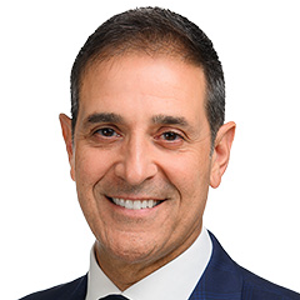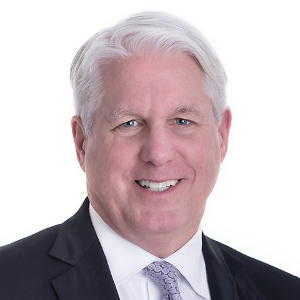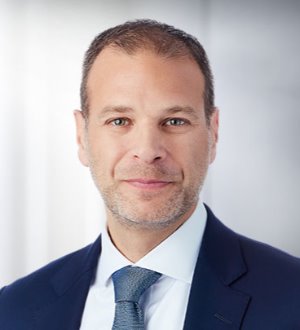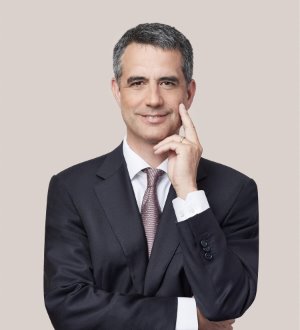Find Lawyers in Canada for Equipment Finance Law
Practice Area Overview
Equipment Finance is best defined as a finance transaction, whether loan or lease, secured by long term tangible assets of a company (other than real estate). It is distinct from traditional bank financing in that the primary focus of the credit is the value of the asset being financed (as opposed to the creditworthiness of the obligor). It also differs from asset based lending which focuses primarily on short-term assets, the receivables and inventory of the company. While the creditworthiness of the obligor is important in structuring an equipment finance transaction, it tends to reduce the inherent risk and thereby the interest rate; as such, it increases the range of available funders but the primary basis for credit approval remains the asset being financed. A number of active equipment finance companies are non-Canadian, and a thorough knowledge of cross-border issues is required to work with those funders.
Finance Sources
Equipment financiers include commercial banks, independent leasing and finance companies, manufacturers and their related finance companies, and conduit based programs. What distinguishes the equipment finance industry from other sectors such as banking or asset based is the inter-relationship of the finance providers. A transaction originated by one finance provider is often sold to another member of the equipment finance community. Finance companies are often both co-operative and competitive at the same time. A skilled equipment finance lawyer needs to be sensitive to this interrelationship when structuring transactions.
Types of Assets
Financed assets include every form of personal property from computer equipment, software, office equipment, mining, and agriculture to aircraft, railcars, and ships. Each asset class has its own unique challenges and requirements.
Structure
The form of an equipment finance transaction is varied but the most typical structures are:
- Leases (each of true, finance, and synthetic)
- Conditional Sales Contracts
- Loan and Security Agreements
- Instalment Payment Agreements
- Interim Finance Agreements
- Vendor Program Agreements
Related Transactions
The equipment finance transaction is often part of a much broader finance strategy and as such, an equipment finance lawyer is involved in the following types of transactions as well as classic traditional loans and lease documentation:
- Syndications
- Securitizations
- Concurrent Leases
- Wholesale Finance
- Portfolio and Asset Sales
- Lending to Finance Companies
- Program and Remarketing Agreements
Skills
Equipment finance lawyers need to be well-versed in a number of areas of law including:
- Personal property security
- Insolvency and bankruptcy
- Tax law (both commodity and cross-border)
- Regulations relevant to finance and lease transactions, and the financiers who participate (including anti-money laundering)
- Regulations relevant to consumer, privacy and similar
- Inter-lender legal relationships and rights
- Law supporting the concepts necessary for securitization
- Accounting and financial concepts required for structuring and covenant setting
Select a location from the list below to find the best legal talent for your needs.
Province


Our Methodology
Recognition by Best Lawyers is based entirely on peer review. Our methodology is designed to capture, as accurately as possible, the consensus opinion of leading lawyers about the professional abilities of their colleagues within the same geographical area and legal practice area.
The Process
Best Lawyers employs a sophisticated, conscientious, rational, and transparent survey process designed to elicit meaningful and substantive evaluations of the quality of legal services. Our belief has always been that the quality of a peer review survey is directly related to the quality of the voters.












